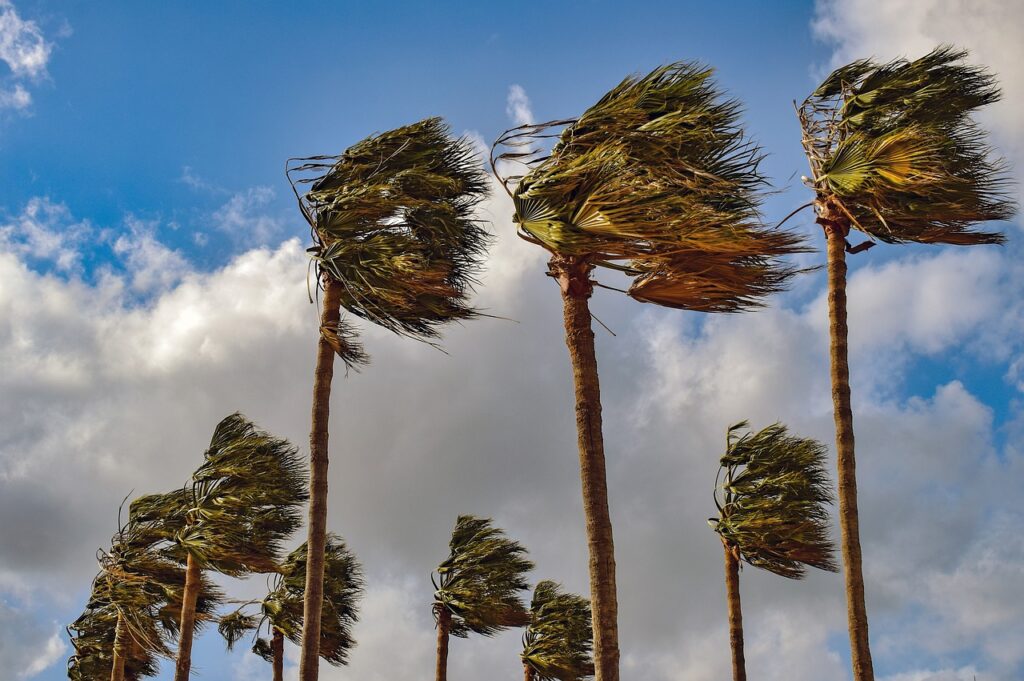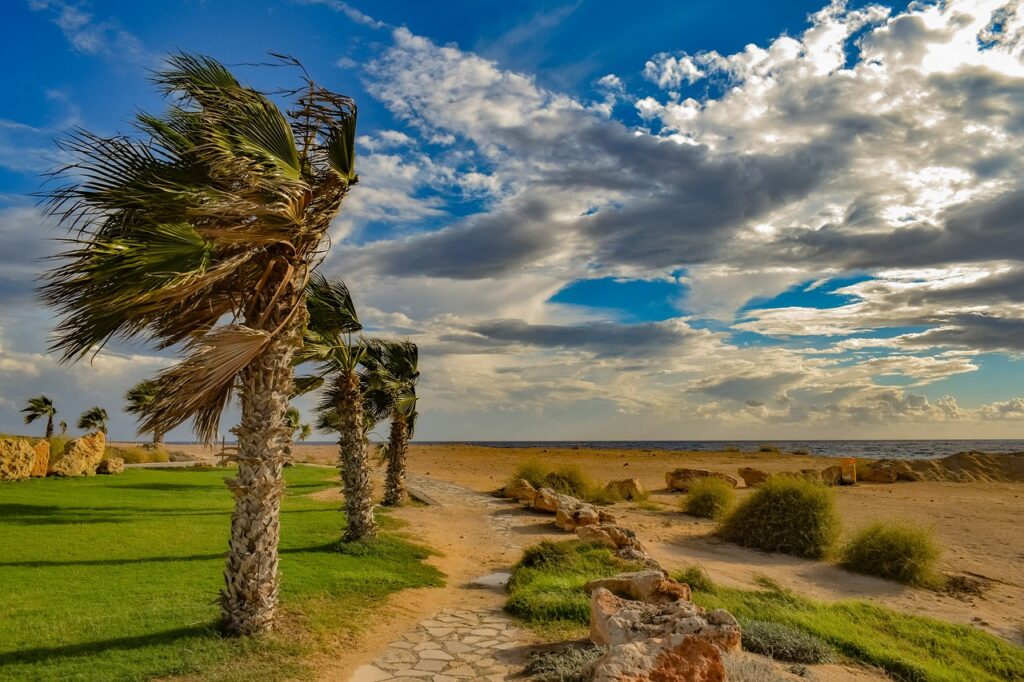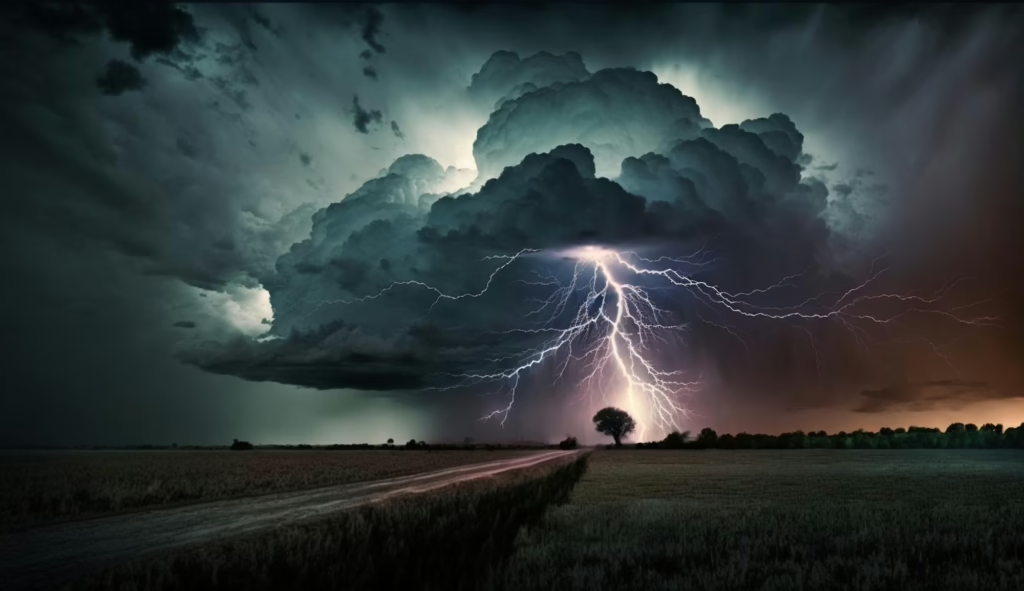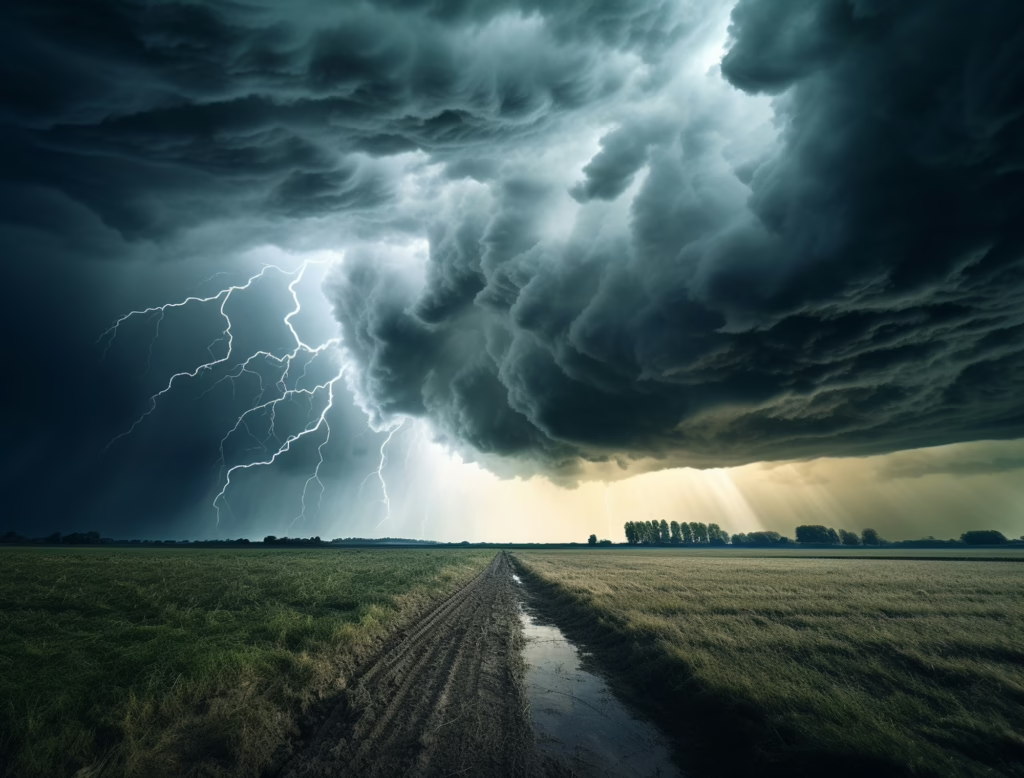Discuss the role of the West Wind as a symbol in the poem “Ode to the West Wind“. How does the West Wind represent change, power, and inspiration in Shelley’s verses?

West Wind as a Symbol in Ode to the West Wind
The West Wind in Percy Bysshe Shelley’s “Ode to the West Wind” serves as a powerful and multi-faceted symbol throughout the poem. It represents change, power, and inspiration, among other themes, and plays a central role in conveying Shelley’s thoughts and emotions. In this analysis, we will explore how the West Wind symbolizes these aspects and how its various manifestations contribute to the poem’s themes and message.
1. Symbol of Change:
One of the most prominent aspects of the West Wind’s symbolism is its association with change. Shelley employs vivid imagery and metaphors to illustrate the wind’s transformative impact on the natural world. The wind is described as the “breath of Autumn’s being” (line 1), linking it to the changing of seasons. It drives the “leaves dead” (line 2), symbolizing the end of one phase and the beginning of another. The “winged seeds” carried by the wind will later germinate in spring, signifying the cycle of life and rebirth.
The West Wind’s transformative power is not limited to nature but extends to humanity as well. Shelley sees the wind as an agent of change in human society, capable of inspiring revolution and progress. He addresses the wind as both a “Destroyer and Preserver” (line 14), embodying its dual nature of bringing about destruction and renewal. The wind’s capacity to stir up “clouds like earth’s decaying leaves” (line 16) and “the Atlantic’s level powers” (line 39) suggests its ability to bring about upheaval and transformation on a grand scale.
2. Symbol of Power:
The West Wind symbolizes immense power throughout the poem. Shelley portrays the wind as a force of nature that transcends human understanding and control. It is described as a “Wild Spirit” (line 13) and a “fierce Maenad” (line 21), evoking a sense of untamed energy and uncontrollable force. The wind’s movements are compared to the dance of a powerful and frenzied deity, suggesting its divine and awe-inspiring nature.
The wind’s power is evident in its ability to shape the natural world and influence the elements. It can stir up storms, bring rain, and create waves in the ocean. The “black rain, and fire, and hail” (line 30) associated with the wind emphasize its potential for destruction. However, its power is not solely malevolent; it also carries the potential for positive change and rejuvenation, as seen in its role in driving away the “dead leaves” and bringing “living hues and odours” (line 8).
3. Symbol of Inspiration:
The West Wind also serves as a symbol of artistic inspiration and creativity in Shelley’s verses. The poet addresses the wind as his “Song” (line 64), suggesting that the wind’s power influences his poetic expression. He refers to the wind as the “trumpet” that awakens him from his “summer dreams” (line 31), indicating its ability to rouse him from moments of complacency and inspire him to write.
Shelley envisions himself “murmur-singing” (line 73) to the wind, as if seeking to communicate his thoughts and emotions directly to this natural force. The wind becomes a conduit for the poet’s ideas, carrying them across the world and infusing them with its own power and energy. The association between the wind and creativity emphasizes the natural connection between the poet and the natural world, reflecting the Romantic belief in the interconnectedness of nature and human emotions.
4. Symbol of Death and Transience:
In addition to representing change and renewal, the West Wind is also associated with death and transience. The poem’s opening lines describe the wind as driving the “leaves dead” (line 2) and the “winged seeds” that lie “cold and low” (line 8). These images evoke a sense of decay and mortality, emphasizing the fleeting nature of life and the inevitability of death.
The wind is likened to a “dirge” (line 24), a mournful song or lament associated with funerals, underscoring its connection to mortality and loss. The wind’s association with the “dying year” (line 25) and its role in ushering in the end of the year further reinforce this theme of transience and impermanence.
5. Symbol of Freedom and Rebellion:
Shelley’s portrayal of the West Wind as a “Wild Spirit” (line 13) and a “fierce Maenad” (line 21) imbues it with a sense of rebellion and freedom. The wind is depicted as breaking free from the constraints of the natural world, moving “everywhere” (line 13) and covering vast distances. Its “wings” (line 5) and “surge” (line 19) evoke a sense of freedom and unboundedness, emphasizing its ability to move freely and unrestricted.
The wind’s association with rebellion is further evident in Shelley’s allusion to revolution and upheaval. He addresses the wind as a “Destroyer” and acknowledges its role in driving change and progress. Shelley, a poet known for his radical political views, sees the wind as a symbol of the power of the people to rise up against oppression and tyranny.
6. Symbol of Transcendence:
The West Wind takes on a transcendental quality in Shelley’s poem. It is associated with the “breath of the blue wind of heaven” (line 87), linking it to the divine and the spiritual realm. The wind’s movements are compared to the dance of angels, and it is described as a force that transcends human comprehension.
The wind’s ability to carry the poet’s thoughts and emotions across vast distances suggests a sense of spiritual connection and unity with the natural world. Shelley’s invocation to the wind as a “Spirit” (line 13) and his reference to it as a “trumpet” (line 31) that awakens him from his dreams hint at a sense of divine communication and inspiration.
Conclusion:
In Percy Bysshe Shelley’s “Ode to the West Wind,” the West Wind emerges as a rich and multifaceted symbol, encompassing themes of change, power, inspiration, death, freedom, rebellion, and transcendence. Its dynamic and transformative nature reflects the poet’s own emotions and experiences, while its association with the natural world underscores the Romantic belief in the interconnectedness of nature and human consciousness.
The West Wind’s symbolism serves as a potent vehicle for expressing Shelley’s thoughts and emotions, allowing him to explore profound themes and invoke a sense of awe and wonder in the face of nature’s grandeur. The wind becomes a metaphor for the human spirit’s capacity for renewal and transformation, its potential for both creation and destruction, and its connection to the divine and eternal. As such, “Ode to the West Wind” remains a timeless exploration of the power and significance of nature in shaping the human experience.
*****
Read More:
More Questions and Answers from Ode to the West Wind by PB Shelley




